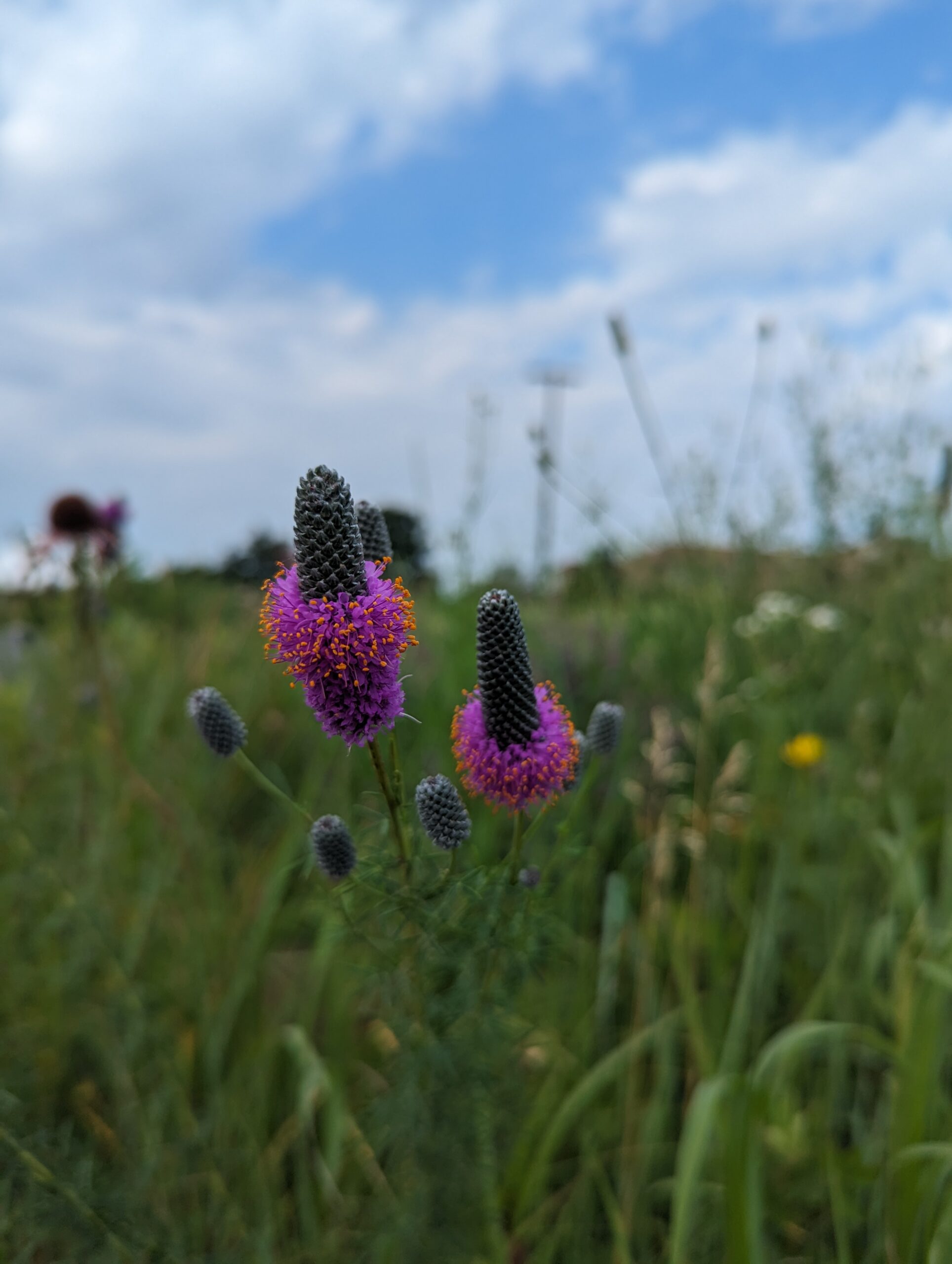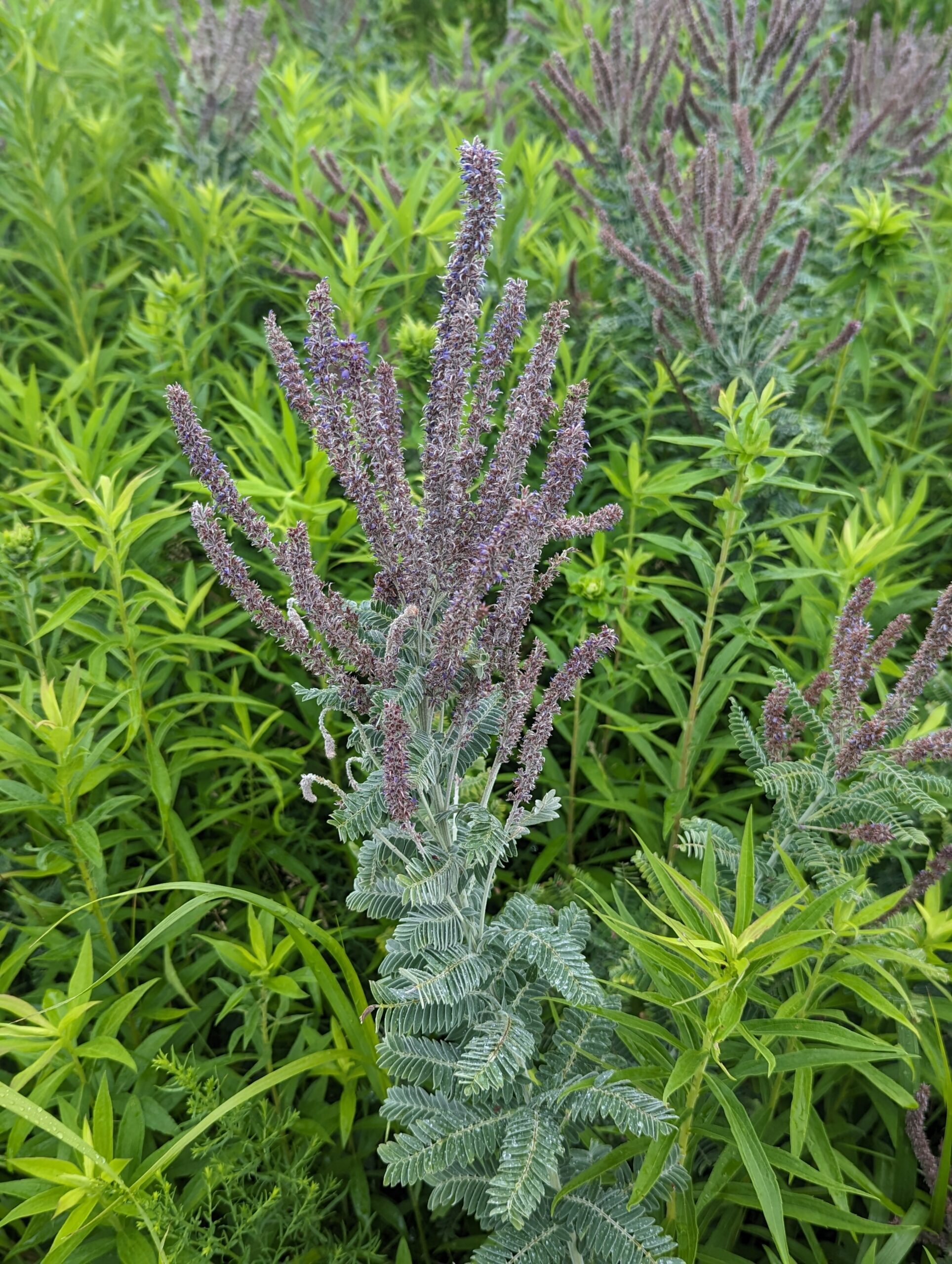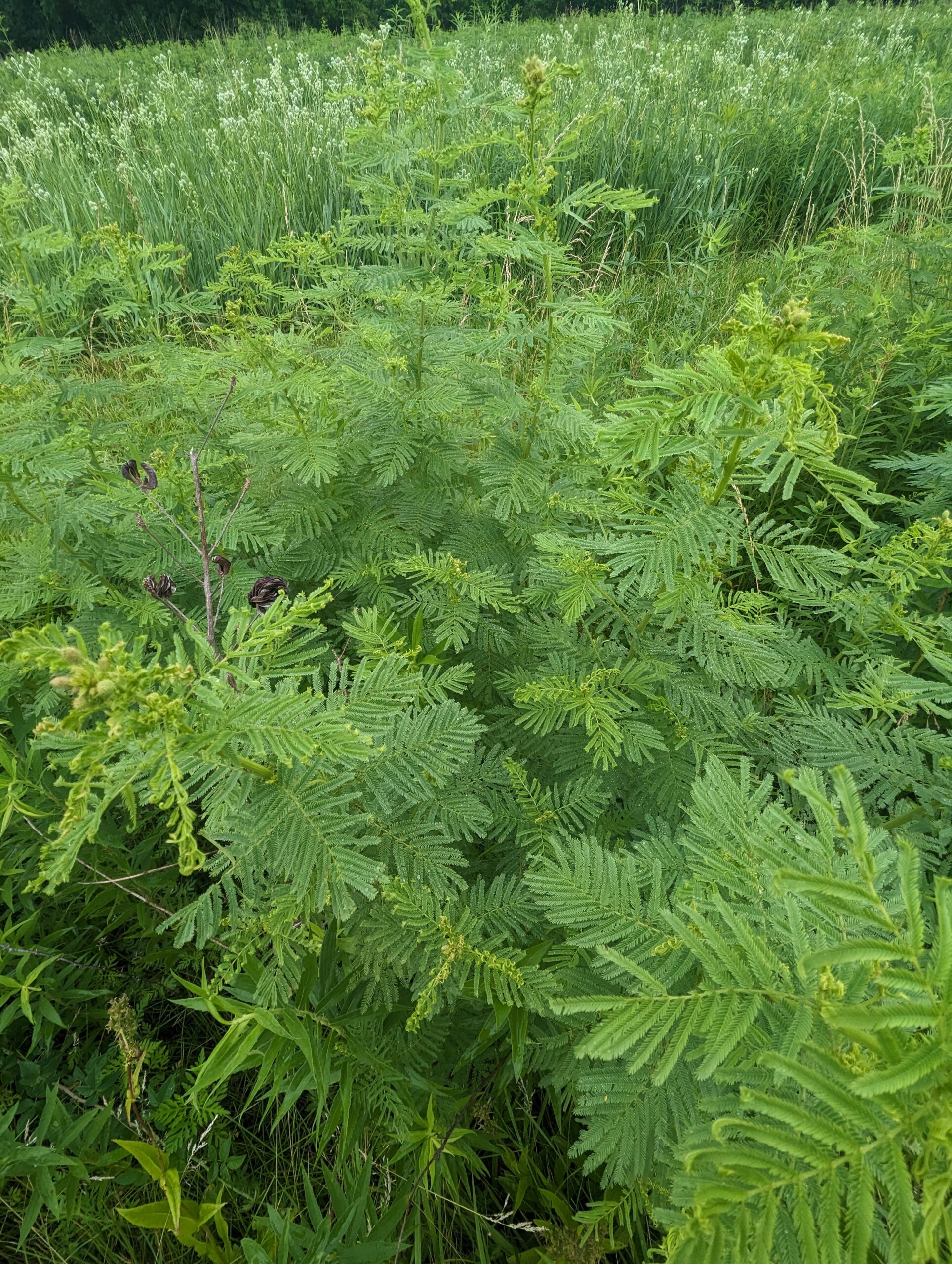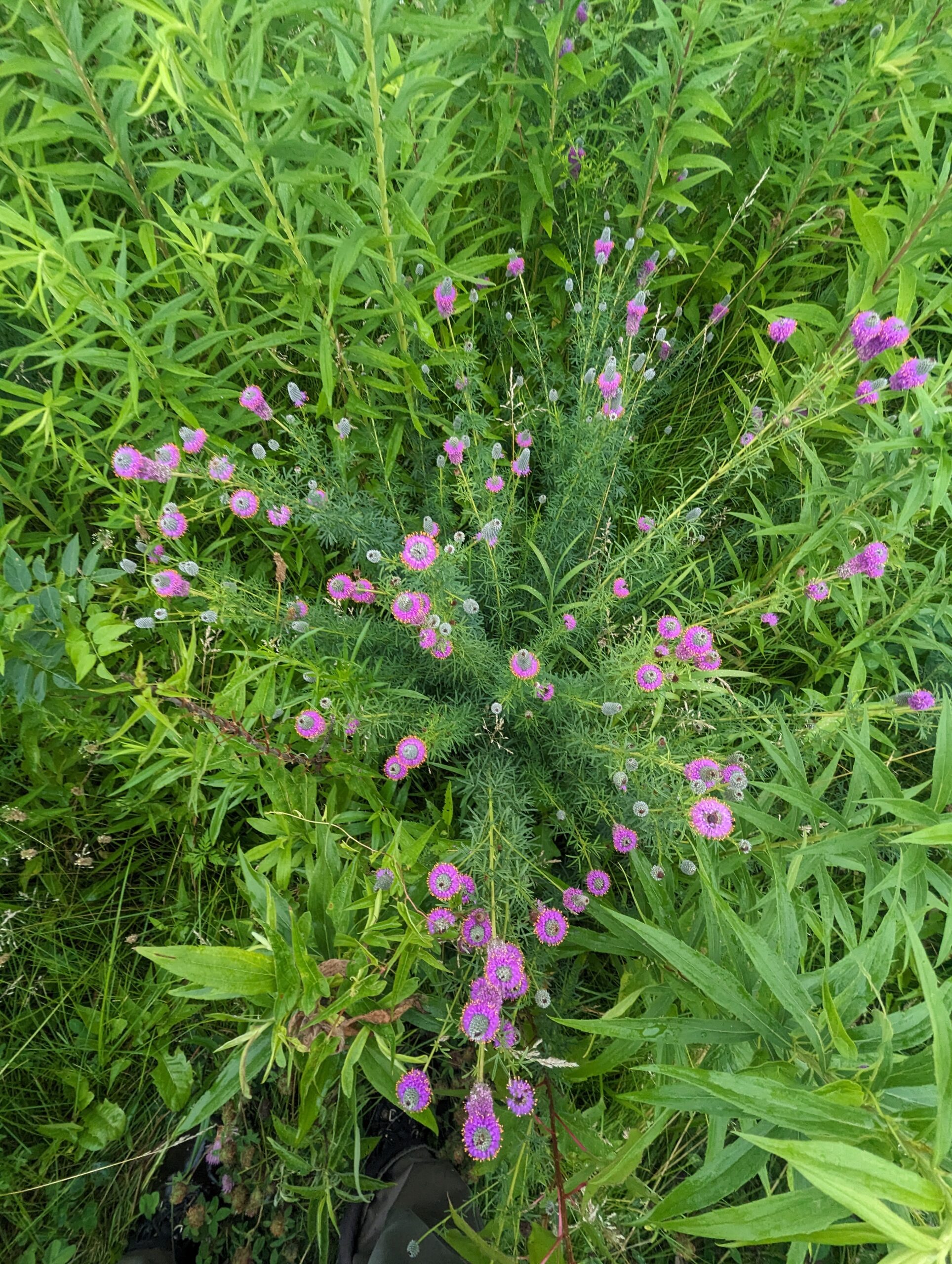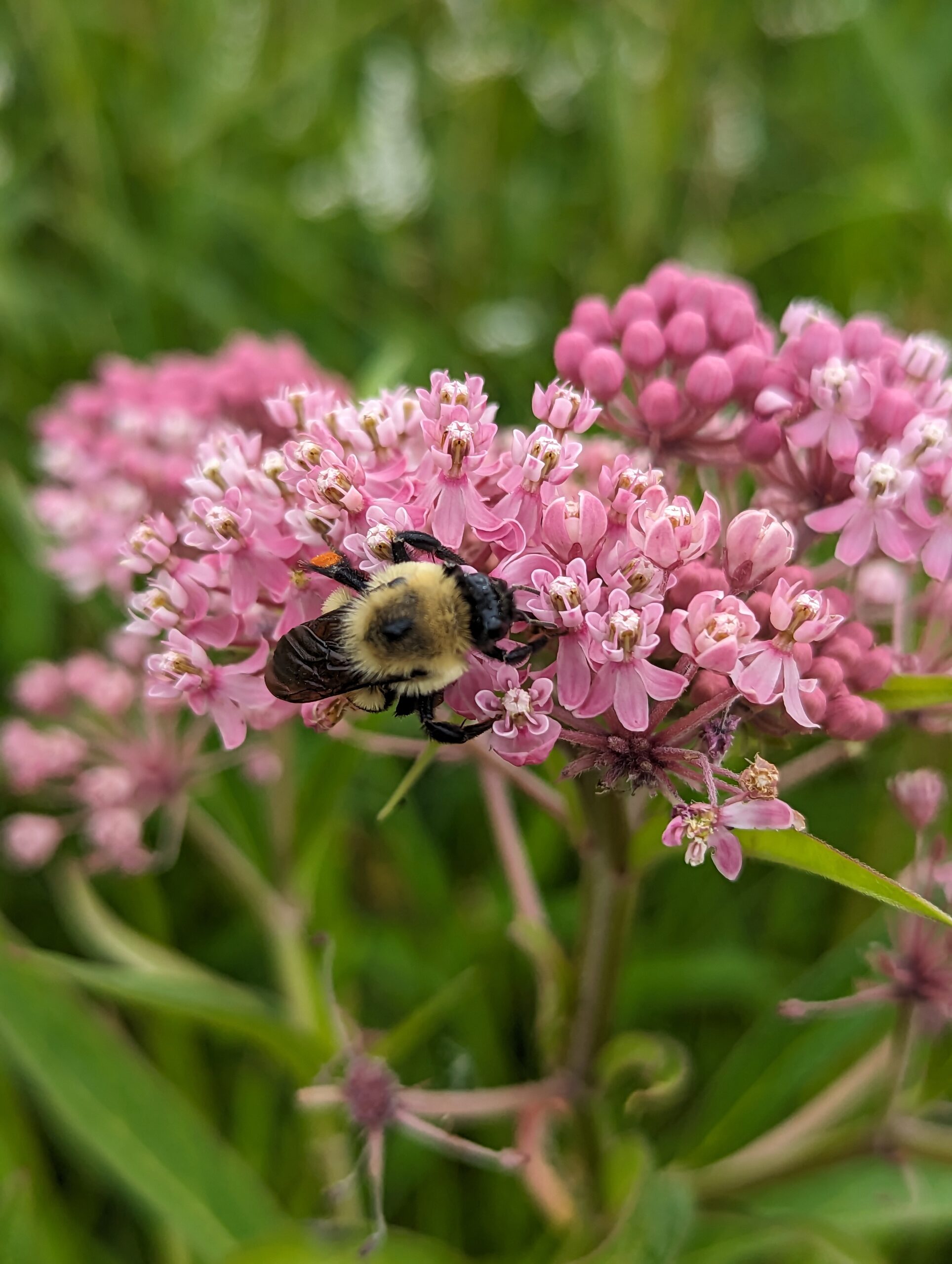
Being at Midewin National Tallgrass Prairie the past month has been a beautiful experience and I’m stoked to continue this journey. Growing up all my life only about 30 minutes north of here I was shocked that I had never heard about this place until just less than a couple of years ago. The prairie is such an intoxicating space of biodiversity and natural ecology running its course. The plethora of colors and smells as you walk through the ever growing tall matrix of forbs and grasses, most of which has been rapidly growing taller and taller within the last few hot summer weeks.
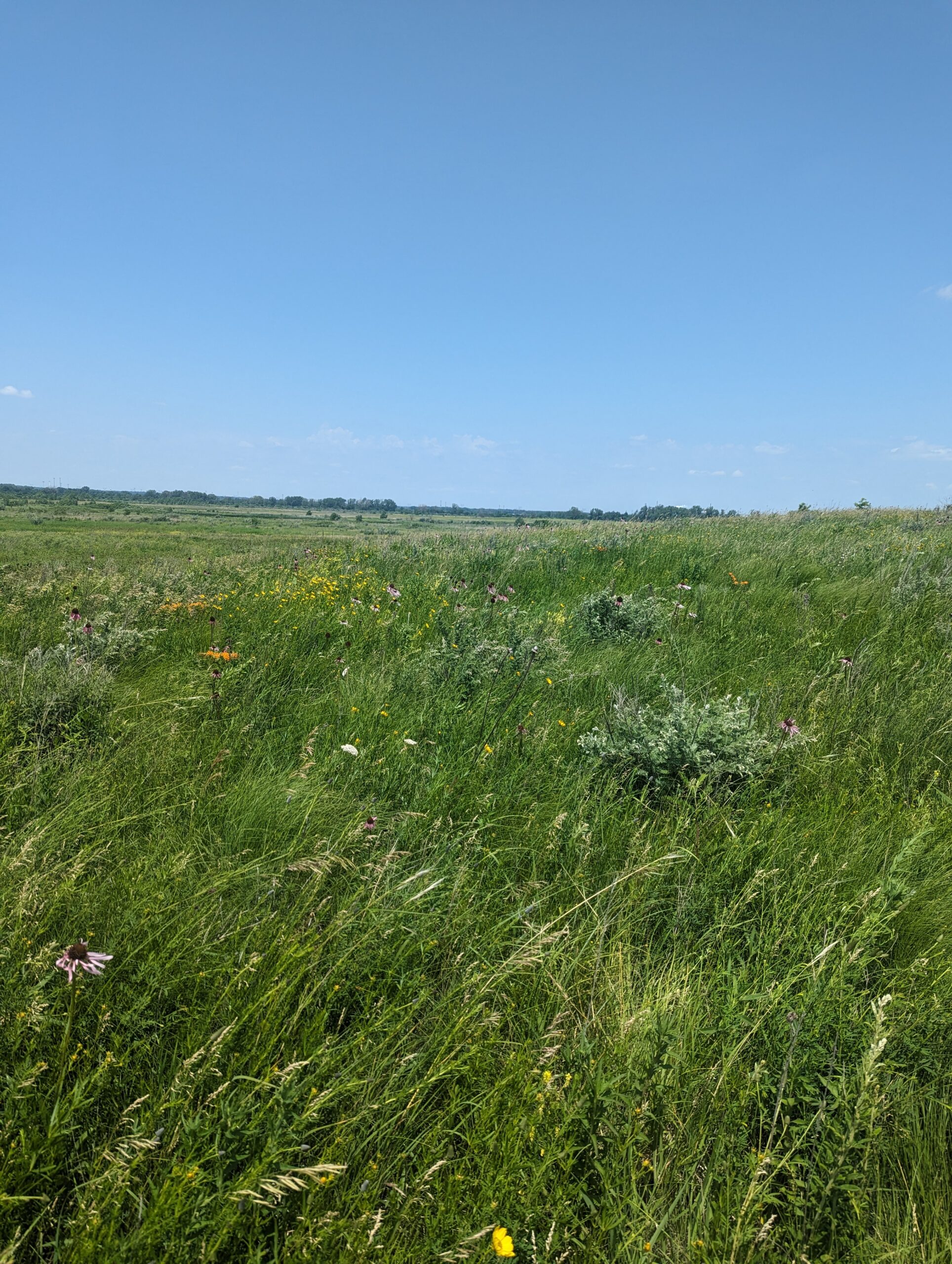
I am super grateful to have had this opportunity to put work into something truly rewarding for myself, others, and the environment. All across the world we deal with ecosystems struggling for stability due to development and agriculture. More recently within the last year, learning native plants has been an eye-opener. Driving down streets I used to think were beautiful due to the oceans of green around me now I see degradation and a lack of native vegetation, a heavy reminder of how severe this issue really is. Now I see areas that are graveyards of past fauna and flora of this land, truly realizing the scale of degradation of the natural ecosystem of my home state. Nonetheless, there is hope. Parts of Midewin serve as a sanctuary for what Illinois should look like, or will look like, providing habitat for a variety of plants and animals.

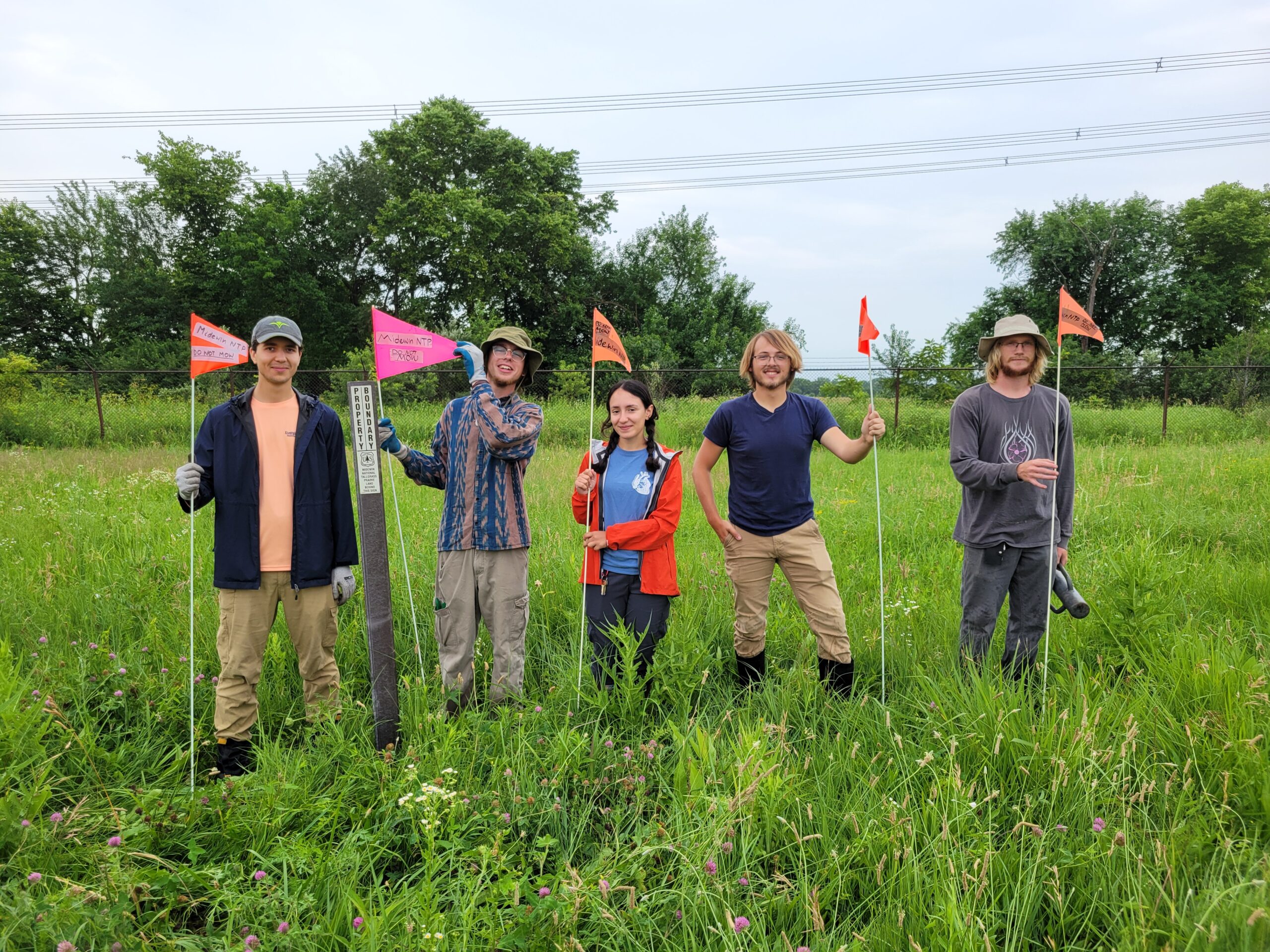
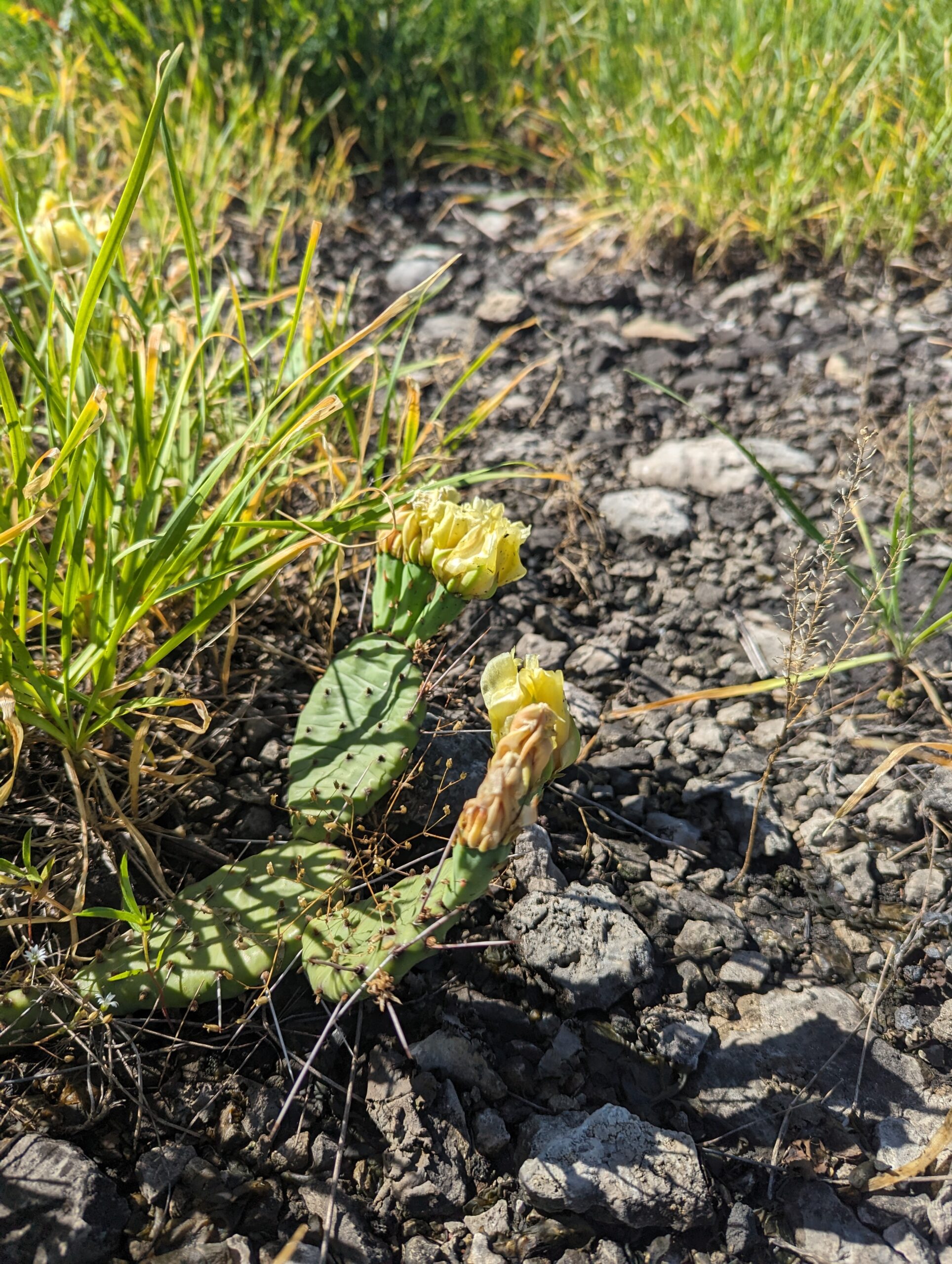
Even though most prairies in Illinois deal a lot with invasive species it in turn causes native plants to be precious gemstones of the prairie. We have to be grateful for what we have left and look forward to the future of protecting these plants and natural areas and spreading the scientific ecological message through compassion and understanding. Midewin is unique in the sense of conservation due to most of the project being a complete reconstruction. It is true there are remnant “ scraps” ( Soil tilled over and moved) that contain a native seed bank. But for the most part Midewin is a restoration project, so most of the native plants there have been seeded in since the late 90s.

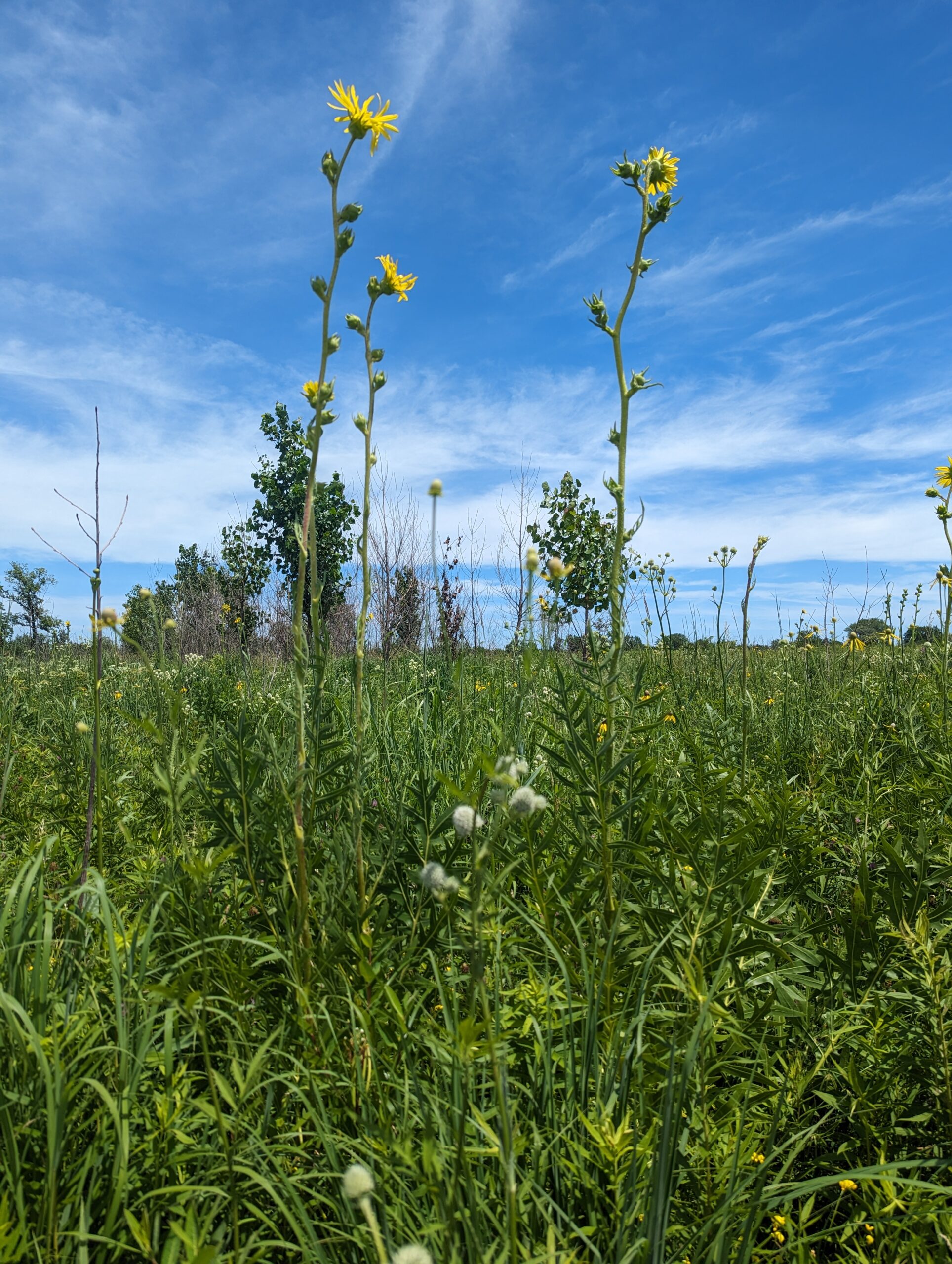
Midewin was home to pre colonial indigenous tribes, then it was plowed when settlers moved westward. Then in the 1940s the government bought out all the property and made it the Joliet Arsenal which was active up until the end of the Vietnam war. Midewin land has had so many lives run their course in its presence and I think the land carries all of this with it both physically and metaphorically. In Illinois less than 0.01% of the original 21 million acres of prairie remains, less than 2,300 acres. On the bright side, since 1996 Midewin members of the forest service, partner organizations and volunteer groups have been able to restore roughly 6,000 acres of native vegetation, this includes tall grass prairies, sedge meadows, a variety of wetlands, a sand ridge, and oak savannas. It is such a satisfying feeling going into work for the day knowing what you are doing is making a positive impact outside of a profit incentive. I understand that the prairie and wetlands here are not going to look like they did 400 years ago but I think restoration is truly a positive step in the right direction with the right planning and ecological intentions, always asking questions and having awareness of the long term effect of influencing the natural world.
